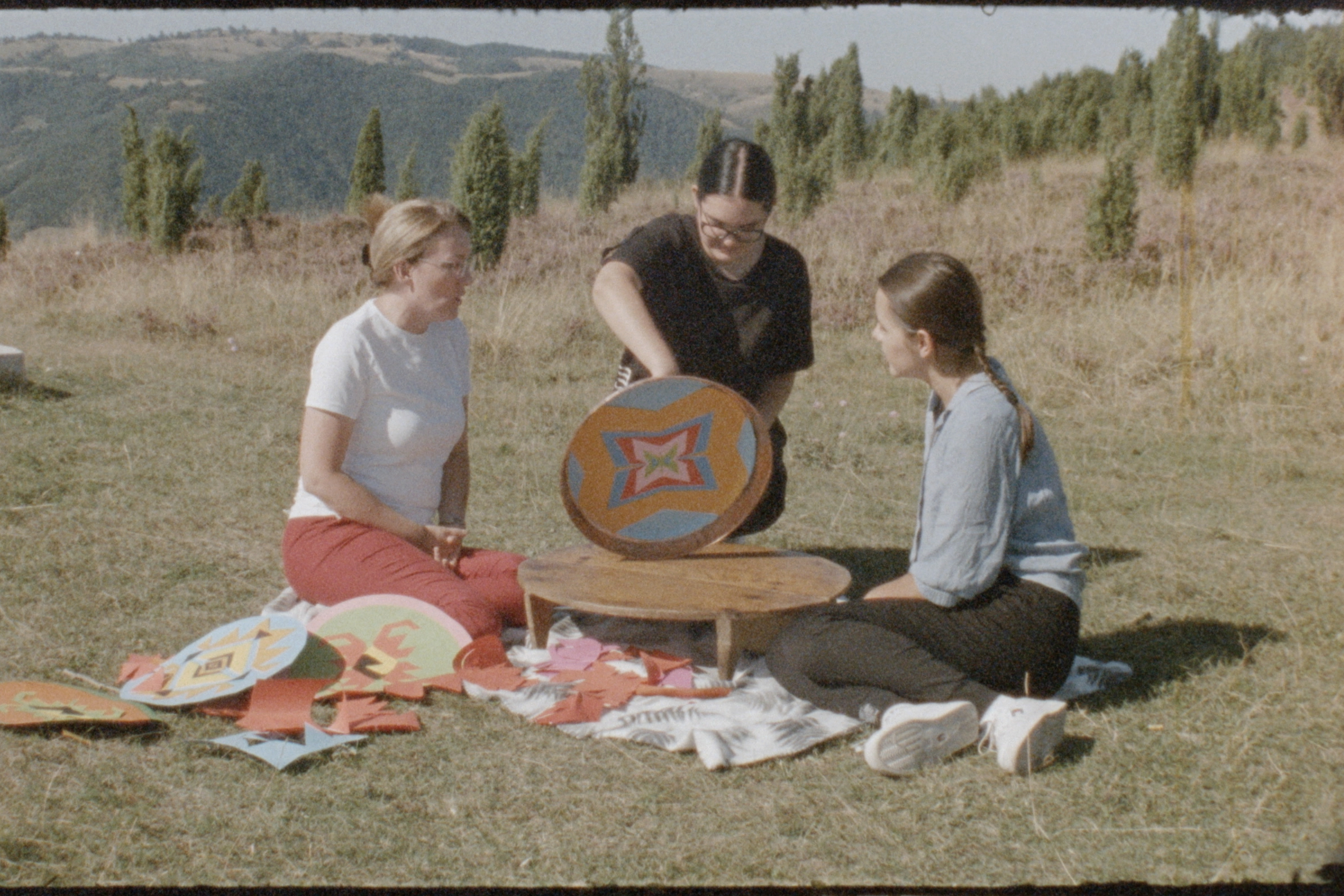Semâ Bekirović

During the filming of a previous work, the artist spent time in Sarajevo, where she became interested in the practice of tepsijanje (traditional “singing with the pan”). In conversation, musicologist Jasmina Talam described the practice as a form of feminist resistance. During the Ottoman era, playing with kitchen utensils allowed women to express themselves musically, as playing conventional instruments was often prohibited or made inaccessible to them. This inspired the idea of filming those who continue to practice. Once passed down from mother to daughter, tepsijanje is now primarily preserved by folkloristic musical groups, who celebrate it as a means of keeping cultural history alive.
Semâ Bekirović new film, completed with the help of Sanela Risidovic, Anela Haselji and Sajra Huskanovic, seeks to merge this tradition with an ancient animation technique, the thaumatrope—one of the earliest devices used to create the illusion of motion. The pan is transformed into a thaumatrope by adding two slightly different images to its sides. When spun, an optical illusion is created, "liberating" the static image. The iconography she used draws inspiration from Balkan tapestries, incorporating symbols of good fortune and fertility. The women from the folk group Zenica played a central role in determining which patterns would adorn the pan, and which song would be sung—a simple yet poignant ballad about a broken heart and a bird.
These acts of animating objects serve as creative resistance to static confines. In the video, the women move through the landscape, a motif historically tied to the feminine form. Through their communion, the players reclaim the land, transforming this act of singing together as a space of empowerment.